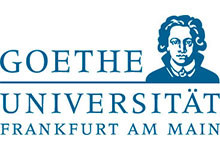To date, prehistory and palaeoenvironment of the Central African rainforest remain largely unexplored. Food production, ceramic technology and metallurgy did not develop independently in this region but were introduced from outside. Their initial spread in the second half of the first millennium BC was related to a partial breakdown of the rain forest allowing at least for intermittent cultivation of the savanna crop pearl millet in southern Cameroon. It is yet unknown if this was a supra-regional phenomenon also affecting the rainforest’s core area. Likewise, it is debatable how far agriculture and iron metallurgy in turn impacted the rainforest vegetation.
The project investigates the Inner Congo Basin’s economical and environmental history in the course of the past two and a half millennia. Key aspects are the regional effects of the Early Iron Age climatic crisis as well as the introduction of agriculture, animal husbandry and iron metallurgy. Moreover, the further development of plant use to a subsistence today mainly based on Asiatic and Neotropical crops is in the focus of archaeobotanical research. To meet these targets, we apply macro-remain (wood charcoal, parenchyma) as well as micro-remain (phytolith) analysis.

Countries:
Democratic Republic of the Congo
Web:
http://araf.studiumdigitale.uni-frankfurt.de/index.php/de/forschung/projekte/121


